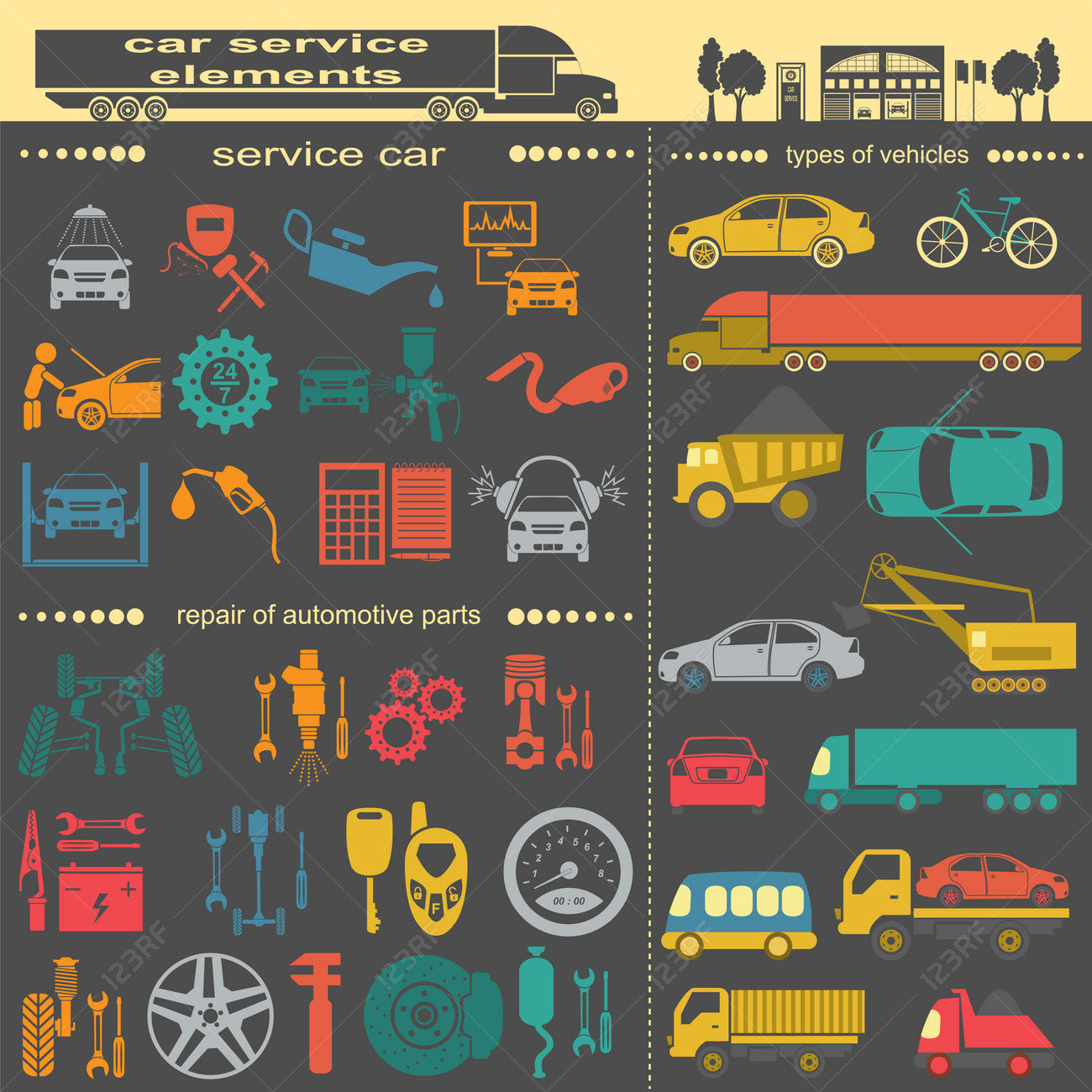Analyzing Your Vehicle'S Alert Lights: Their True Effects
Analyzing Your Vehicle'S Alert Lights: Their True Effects
Blog Article
Written By-Termansen Shepherd
When you're behind the wheel, those beautiful caution lights on your dashboard can be a little bit bewildering. Do https://wgntv.com/news/utah-bank-flagged-for-issuing-189-interest-loans-through-auto-repair-shops/ know what they're trying to inform you regarding your auto's health and wellness? Comprehending the value of these lights is crucial for your safety and security and the long life of your automobile. So, the next time among those lights appears, would not you want to analyze its message properly and take the necessary actions to resolve it?
Common Caution Lighting and Interpretations
Recognize usual caution lights in your vehicle and recognize their definitions to ensure secure driving.
One of the most normal caution lights consist of the check engine light, which signifies issues with the engine or discharges system. If this light begins, it's critical to have your automobile examined immediately.
The oil stress advising light shows reduced oil pressure, calling for immediate attention to prevent engine damage.
A flashing battery light may suggest a damaged billing system, potentially leaving you stranded if not attended to.
The tire pressure tracking system (TPMS) light signals you to reduced tire stress, influencing vehicle stability and fuel efficiency. Disregarding this could bring about dangerous driving problems.
The abdominal muscle light suggests a problem with the anti-lock stopping system, jeopardizing your capacity to quit swiftly in emergency situations.
Finally, the coolant temperature alerting light warns of engine overheating, which can lead to extreme damage otherwise fixed swiftly.
Recognizing these typical warning lights will certainly assist you attend to issues without delay and maintain secure driving conditions.
Relevance of Prompt Focus
Understanding the typical warning lights in your automobile is only the very first step; the significance of immediately dealing with these cautions can not be highlighted sufficient to ensure your safety when driving.
When a caution light illuminates on your dashboard, it's your automobile's means of interacting a prospective problem that requires focus. Ignoring look at this now can cause more extreme problems down the road, jeopardizing your security and potentially costing you more out of commission.
Motivate focus to alerting lights can avoid break downs and crashes. For instance, a flashing check engine light might suggest a misfire that, if left unattended, might trigger damages to the catalytic converter. Addressing this promptly can conserve you from a costly repair service.
Similarly, a brake system cautioning light could indicate low brake fluid or used brake pads, important components for your safety and security when driving.
DIY Troubleshooting Tips
If you notice a warning light on your control panel, there are a couple of DIY repairing tips you can attempt before seeking specialist assistance.
The very first step is to consult your automobile's guidebook to recognize what the certain warning light indicates. Sometimes the problem can be as basic as a loose gas cap activating the check engine light. Tightening the gas cap might fix the problem.
Another usual problem is a low battery, which can cause numerous warning lights. Checking the battery links for corrosion and guaranteeing they're safe and secure could take care of the trouble.
If a caution light lingers, you can attempt resetting it by disconnecting the vehicle's battery for a couple of mins and then reconnecting it. In addition, examining your automobile's fluid levels, such as oil, coolant, and brake liquid, can assist repair advising lights associated with these systems.
Conclusion
In conclusion, comprehending your automobile's warning lights is essential for keeping your lorry running smoothly and safely. By quickly dealing with these signals and understanding what they mean, you can prevent pricey repair work and possible malfunctions.
Bear in mind to consult your automobile's guidebook for specific details on each alerting light and do something about it accordingly to ensure a hassle-free driving experience.
Stay informed, remain safe when traveling!
